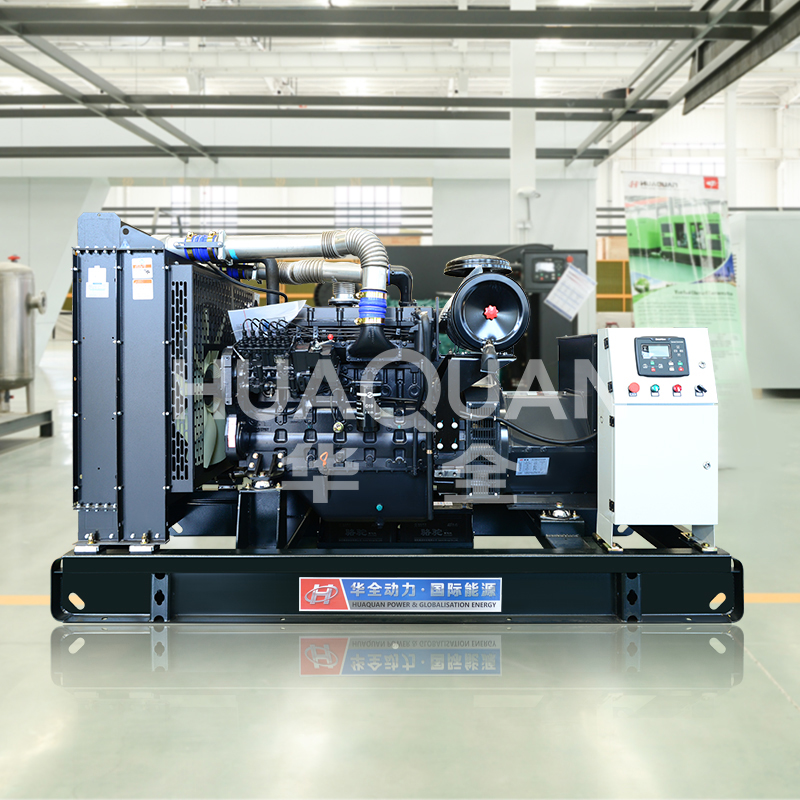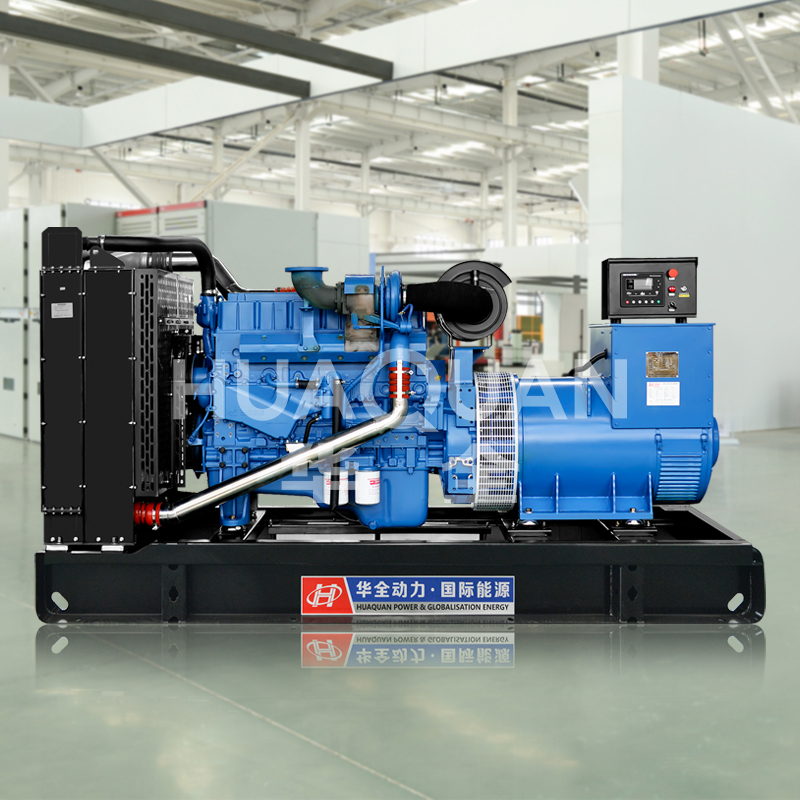Base station power supply generate a lot of heat during operation, so heat sinks are important for thermal management. Regular maintenance prevents overheating, reduces energy waste, and extends equipment uptime. The basic steps to maintain the function of the radiator are described below for the user's reference.
1. Routine Cleaning
Dust and debris accumulation on heat sinks impair heat dissipation. Use compressed air or anti-static brushes to clean fins and surfaces quarterly. Avoid abrasive tools that could damage the aluminum or copper components. For Base station power supply in dusty environments, increase cleaning frequency.
2. Thermal Paste Inspection
Over time, thermal paste between the heat sink and power modules degrades, reducing conductivity. Reapply high-quality thermal paste annually or during component replacements. Ensure even application to avoid air gaps that hinder heat transfer.
3. Corrosion Prevention
Humidity and pollutants can corrode Base station power supply heat sink fins. Apply a thin layer of anti-corrosion coating if the Base station power supply operates in coastal or industrial areas. Regularly check for oxidation, especially around solder joints.
4. Airflow Optimization
Verify that cooling fans and vents near the heat sink are unobstructed. Rearrange cables or equipment blocking airflow paths. For passive cooling systems, ensure the surrounding environment has adequate ventilation.
5. Structural Integrity Checks
Vibration from nearby machinery or transportation can loosen Base station power supply heat sink mounts. Tighten screws and brackets during maintenance cycles to maintain proper contact with heat-generating components.
Proactive heat sink maintenance ensures reliable performance of Base station power supply. By integrating these practices into routine checks, operators can minimize downtime and avoid costly repairs.
More information about Worksite generator:https://sinogens.com/








